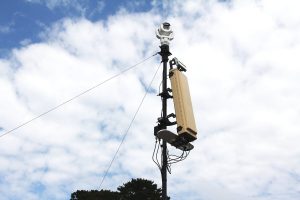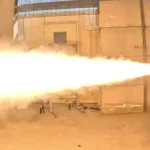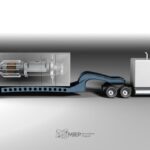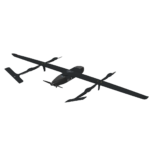
The Department of Homeland Security Science and Technology (S&T) this month kicked off an air domain awareness initiative that is focused on being able to detect, track and identify small drones and small manned aircraft attempting to fly across the border at low altitudes. The “dry runs” the week of March 15 at Grand Forks South in North Dakota involved the test aircraft, which range from Group 1 and 2 small unmanned aircraft systems (sUAS) to manned ultralight aircraft, and…

 By
By 











